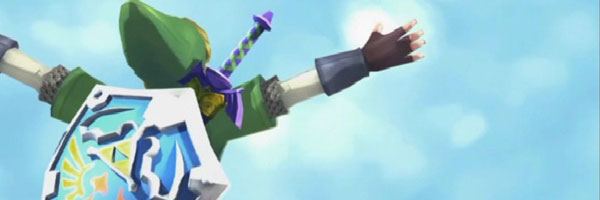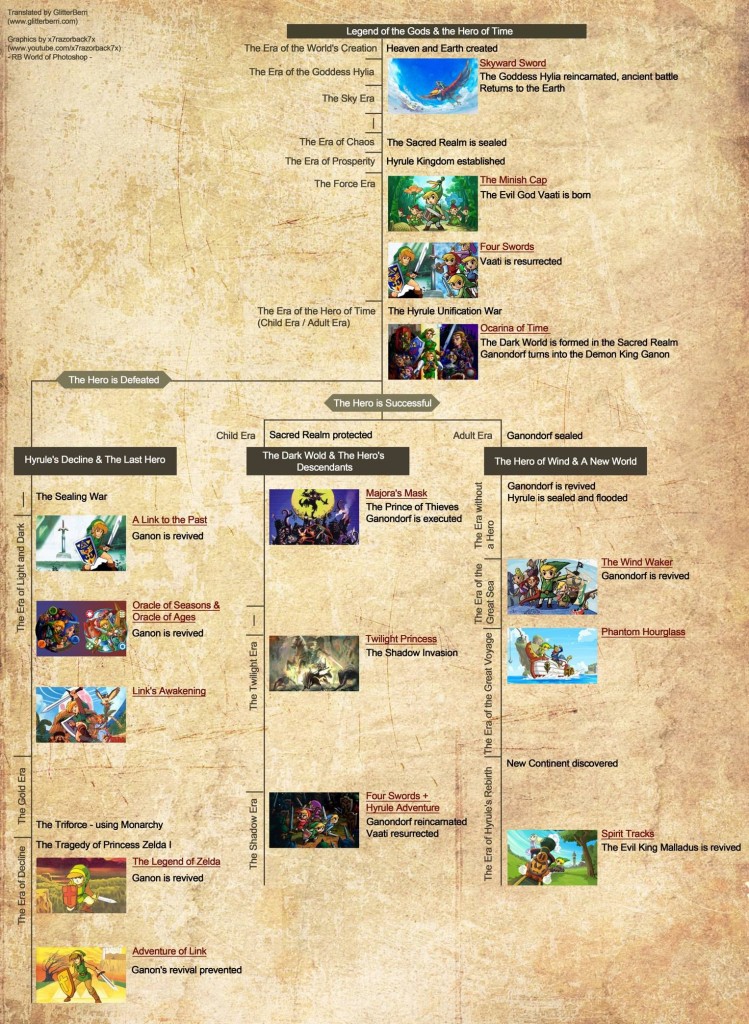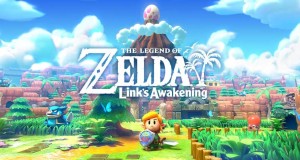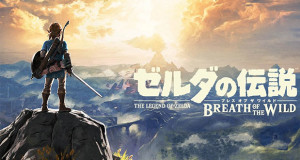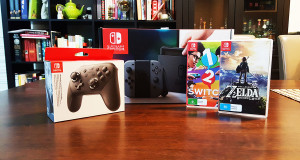Platform: Nintendo Wii
Developer: Nintendo EAD Group 3
Publisher: Nintendo
The Legend of Zelda celebrated its 25th anniversary with the release of Skyward Sword – the first purpose-built Zelda game for the Wii – in November 2011. The game has had a long development cycle. Long enough that its seen by many as the swan song for the Wii. The last big ticket game to be released on a console which is bookended with The Legend of Zelda: Twilight Princess as its launch title. That’s a pretty good alpha and omega for any game console.
Unlike Mario games or indeed any other long running franchise, the Legend of Zelda series have a unique synergy with each installment. While most sequels go to some lengths to explain how they are improved and more feature-rich than the last game, The Legend of Zelda implicitly focuses on tradition and repetition. So much so that it is a staple of the story in every single game: The legend goes that in every generation, an unassuming hero will be awakened by a call to destiny, to claim the Master Sword, save the Princess Zelda and defeat a scourge of evil that threatens the land of Hyrule. That was how it was in 1987 with the first Legend of Zelda and so it is twenty five years later with Skyward Sword.
It has long been rumoured that Nintendo actually has a timeline that connects all the various Zelda games. That rumour became Legend of Zelda canon when Nintendo released a collector’s guidebook with Skyward Sword that actually mapped out this timeline. Skyward Sword is where it all begins.
And where it all begins is in the village Skyloft that floats high amongst the clouds. The people of Skyloft never venture beneath the clouds which they believe leads to a cursed and uninhabitable land. Instead the travel on the backs of giant birds to neighbouring floating isles.
Link and Zelda are two inhabitants in Skyloft. Link is a knight in training and Zelda is his childhood friend. After a leisurely paced introduction to the world and its inhabitants, the game begins in earnest when Link wins a ceremonial flying competition by defeating the town bully Groose. His victory is short lived however as Zelda is swept up in a storm and sucked beneath the clouds into the monster-infested land of Hyrule. These events are set in motion by Ghirahim, a magical demon who plans to use Zelda to unleash a portal interconnecting Hyrule with the demon world.
I like what Nintendo have done with the storyline in Skyward Sword. Although Link remains mute (as is tradition) and the tale includes many familiar tropes from Zelda lore, it has never been as fleshed out with as much depth as this. Most notably, the relationship between Link and Zelda is an actual romance rather than the coy, platonic friendship of the past. Ghirahim is also surprisingly malevolent and vile in his monologues, giving some heft to his dark quest. These elements help give the story the feel of being a classic fairytale or fable as opposed to being the light padding fitted around a video game.
Skyward Sword doesn’t exactly ingratiate itself on first impressions. Your companion in the game is an automaton named Fi who travels in your sword. She constantly interrupts the flow of the game, overexplaining the obvious with slow-scrolling unskippable text. She feels like a tedious and charmless presence that unfortunately, you are encumbered with for the whole game.
There are also many dated and annoying design choices that you encounter from the outset. There are no checkpoints in Skyward Sword’s dungeons so the game will always throw you back to a save point when you die. It doesn’t even remember when you enter a room for a boss fight. If you die against a boss, its back to the last save point – which may well be in the middle of the dungeon. Sometimes, you wonder whether the designers locked themselves away in isolation for the five year development cycle. User-friendly save points have been the norm for years now but Skyward Sword is free of such feature.
The game also has plenty of side quests but often there is a strange disparity between the difficulty and time put into a quest and the reward offered. In fact the longest ongoing side quest where Link has to win over the gratitude of Skyloft’s inhabitants is rewarded with a needlessly large useless wallet. By comparison, its possible to upgrade your itinerary and turn your equipment into super-powerful weapons of mass destruction simply by collecting a few items (e.g tumbleweed, goblin skulls) that are scattered in the game world and giving them to the local blacksmith.
As you play through Skyward Sword however, its quality shines through and begins to win you over. The dungeons are well designed and seldom contain simple push block/find key puzzles. In fact, they are designed in such a way that few environments take the appearance of a conventional dungeon. Instead you’ll be exploring forests, mountains, pirate ships, minekarts, volcanoes, sky temples, sandseas, time-warps and more. Better still, the game has possibly the greatest implementation and integration of weapons and items in a Zelda game. I remember Twilight Princess in particular was guilty of being a game where some of the weapons you would discover in a dungeon would have little purpose beyond the confines of where you found it. In Skyward Sword, each new weapon becomes another tool that you will continually utilize in your journey. As the controls become more natural and you amass a range of weapons, it becomes quite gratifying to navigate some of the later dungeons as you seamlessly alternate between different motion control techniques to hack, slash, sling, shoot and hook your way around Hyrule.
By the time you reach the end game, which should take the average person around forty to fifty hours allowing for the occasional sidequest, you can’t help but get caught up in this game’s charm, fuzzy standard definition graphics and all. There are plenty of other games out there that are bigger, more violent and more verbose. But The Legend of Zelda: Skyward Sword holds its own with the best of them. It is a game with a rich variety and depth of gameplay thats populated with colourful allies and enemies. It’s a labour of love from Nintendo and by the time the end credits roll and the orchestral score starts playing a reprise of the classic Legend of Zelda theme, well…it just doesn’t get much better. Skyward Sword is worth the wait if you’re a fan of the series and a fine way for the Nintendo Wii to bow out. Here’s to its successor Wii U and the next legend.
Review Overview
RATING
GREAT
Summary : A fine send off for the Wii whose life cycle has been bookended by two great Zelda games. The dungeon design is amazing and the weapon integration an improvement on Twilight Princess.
 The FAT Website est. 1999
The FAT Website est. 1999

